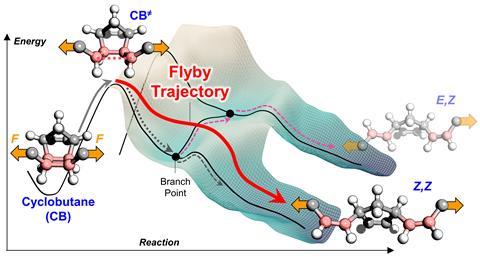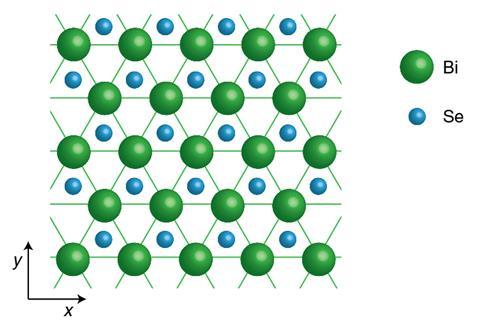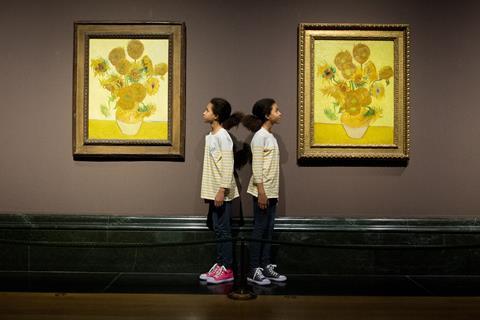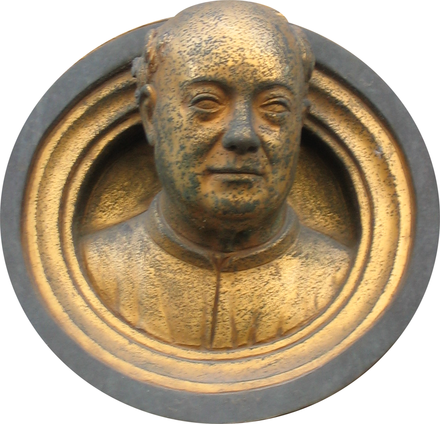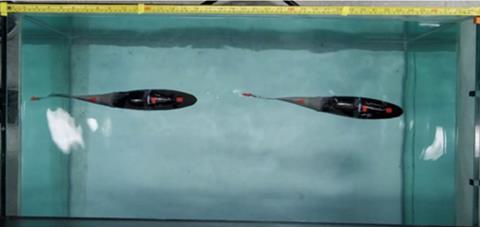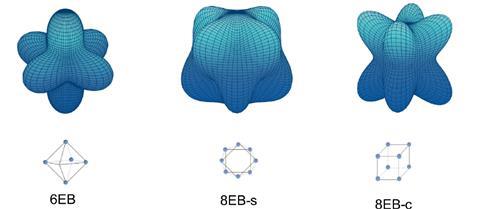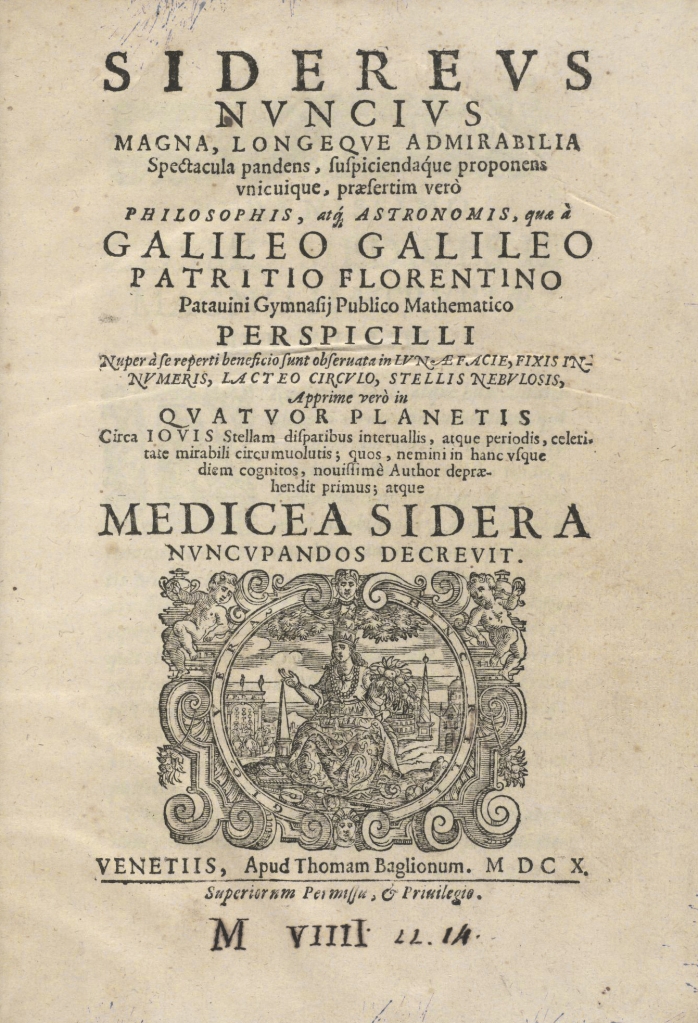For the first time, chemists have used mechanical force to access unconventional trajectories on a reaction’s potential energy surface, making products that differ from the ones predicted by statistical thermodynamics. The researchers hope the technique can be exploited to discover new reaction schemes as well as to design probes of reaction dynamics. Mechanical force can […]
Read More